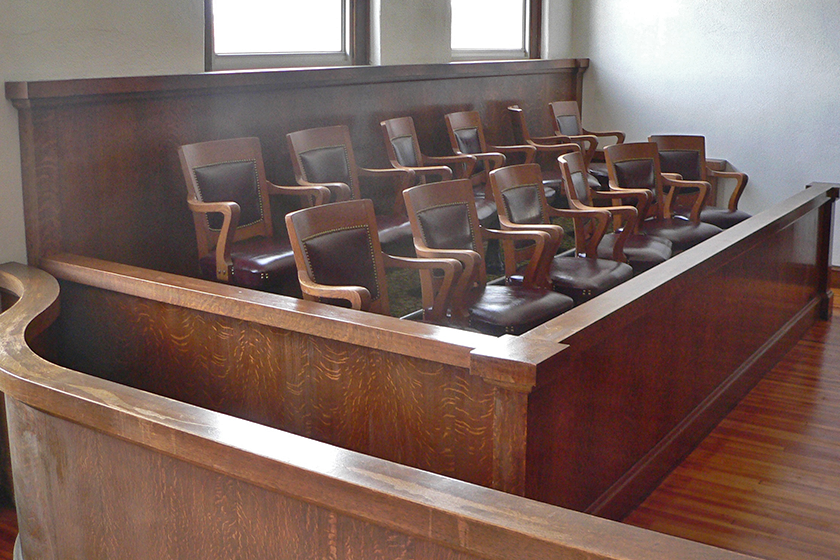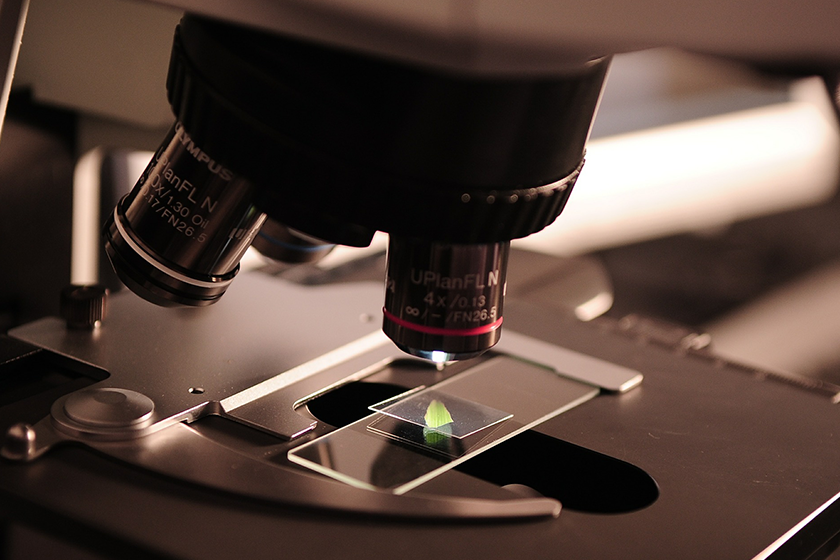Learning From Mistakes: An Imperfect Cross-Examination
“By seeking and blundering we learn” – Goethe “I have not failed. I’ve just found 10,000 ways that won’t work” – Thomas Edison. “A spelling mistake in the DNA of a gene within the brain seems to impair the ability of a person to improve their performance based on knowledge of earlier errors.” – News Story, The Telegraph, 2007. The first two quotes above are inspirational and reflect insight; the third, sadly, seems to fit many lawyers who never recognize their errors and thus persist in their bad habits, especially in the courtroom. It is probably not genetic, but the recurrence argues for a model where we study error, diagnose and diagram it, and then take corrective steps. That is the rationale for this and forthcoming “learning from mistakes” columns. Although there are no hard data to back up this assertion, it is undeniable that poorly constructed cross-examinations occur on a daily basis in courtrooms across this nation. And they are conducted by lawyers with years of experience who, sadly, don’t recognize mistakes and learn …











